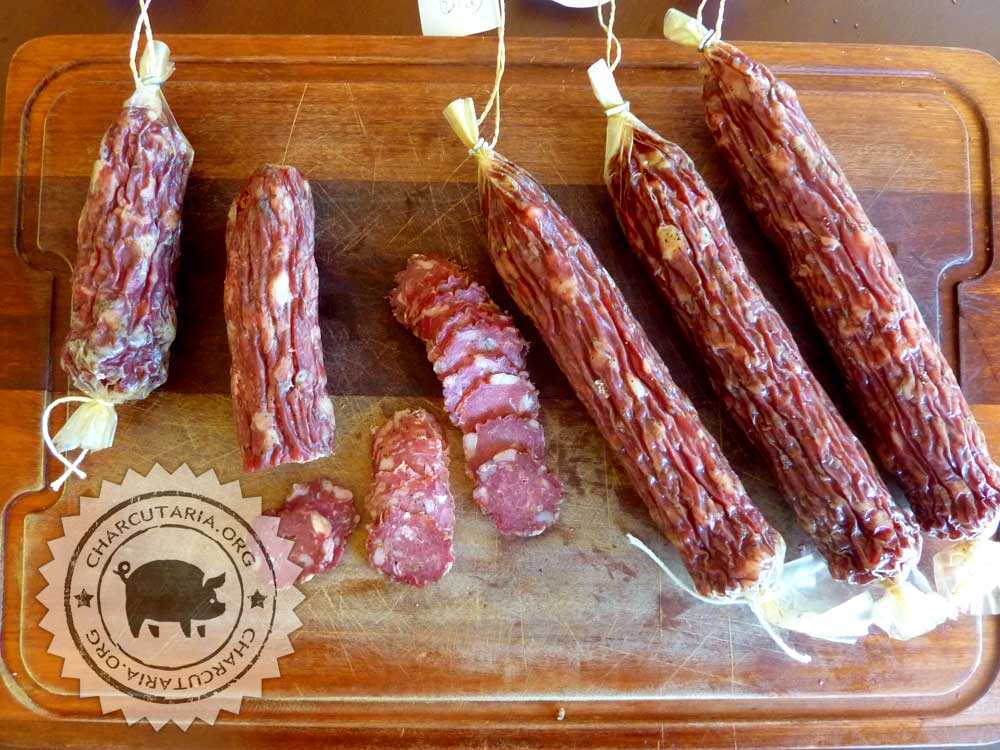
To better understand the relationship between food safety and the particular characteristics of each product, it is extremely important to understand all preservation techniques to apply or intentionally omit them according to the specific product desired. We often want to create products that deviate from the traditional, but to do so it is essential to understand what each change can result in food safety.
Salting: table salt (NaCl) is extremely important for managing the microflora present at any stage of the process. The beginning of the process is the most critical as there is a lot of water available and very active natural microflora. The control of bacterial growth present in raw materials in natura and the creation of conditions in which the establishment and preferential growth of the initial bacterial culture occurs are essential functions that depend on the temperature at which the manufacturing process takes place, which, if not controlled , can cause considerable bacterial growth.
The modern meat industry uses salt as a flavoring or flavor enhancer, and salt is responsible for the desirable texture of processed meat. This is possible due to the functional properties that salt gives to meat products: it activates proteins to increase their hydration and water-binding capacity; decreases fluid loss in vacuum-packed product that has been thermally processed; increases protein binding properties to improve texture; increases the viscosity of meat masses, facilitating the incorporation of fat to form stable masses; it is essential for flavor and is a bacteriostatic at relatively high levels.
Cure: the inclusion of sodium nitrite through the curing salt was and continues to be extremely important and effective in inhibiting the proliferation of Clostridium botulinum and Clostridium perfringensem throughout the manufacturing process; Sodium nitrate is reduced during the process into sodium nitrite and this has the desired action. It is important to add nitrate for a slow conversion during the process, ensuring prolonged protection.
The terms salting and curing or salting and curing have, for some, the same meaning. Salted meats are also called cured when treated with common salt and/or curing salts and adjuvants. Salting and curing are widespread procedures for obtaining meat products and also, in the original sense of the word, for preserving fresh meat for longer. Sodium nitrite is often included in brine and is responsible for the color of cured meat, as well as adding flavor and can help prevent the development of spores of microorganisms such as Clostridium botulinum. A widely used adjuvant is sugar, which contributes beneficially to the flavor of the meat and neutralizes some of the toughening effects caused by the use of salt. Over time, the term meat curing came to be understood as the addition of salt, sugar, spices, saltpeter (nitrate) or nitrite to meat, to preserve and enhance flavor.
Fermentation: through competitive exclusion (aided by inhibition through salting), fermentation is extremely important for managing microflora and inhibiting/preventing the growth of unwanted spoilage and pathogenic bacteria. As a result of this competition between competing bacteria (expected for staphylococci, which are resistant to salt and nitrites) and acidification of the product through bacterial production of lactic acid, conditions are created both to completely prevent bacterial growth and to contribute to inhibition. from many pathogenic bacteria;
Heating: some salamis (the minority) are traditionally cooked and thermal processing at temperatures at which lethality is obtained effectively destroys spoilage or pathogenic bacteria present in the raw materials or those that subsequently manage to enter through contamination;
Drying: moisture removal successfully decreases aqueous activity (aw), providing compositional conditions in which the growth of many/all bacteria (spoilage and pathogenic) is controlled.
-
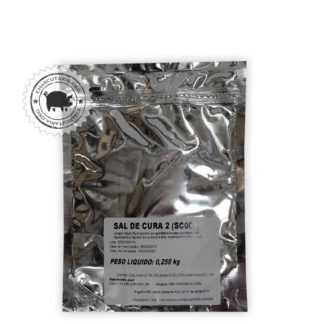 Curing salt 2R$ 8,00
Curing salt 2R$ 8,00 -
 Curing salt 1R$ 8,00
Curing salt 1R$ 8,00 -
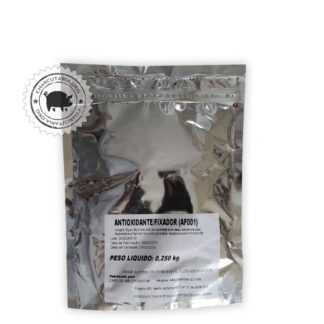 Fixative AntioxidantR$ 23,00
Fixative AntioxidantR$ 23,00 -
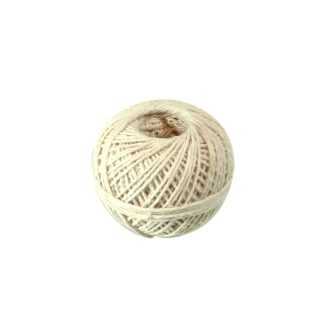 Culinary twineR$ 7,90
Culinary twineR$ 7,90 -
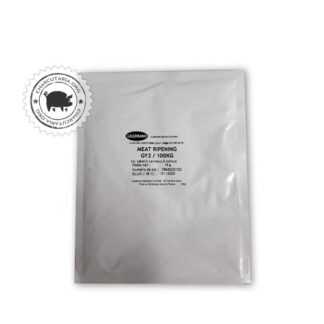 Starter CultureR$ 69,90
Starter CultureR$ 69,90 -
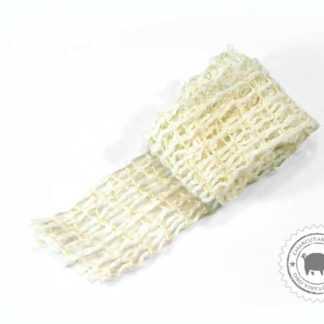 Culinary elastic net 50mmR$ 15,00
Culinary elastic net 50mmR$ 15,00 -
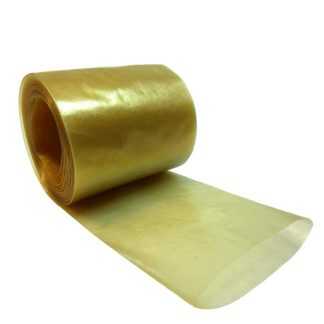 Collagen casing 45mm roll 5 meters salamiR$ 19,00
Collagen casing 45mm roll 5 meters salamiR$ 19,00 -
 Culinary elastic net 65mmR$ 18,00
Culinary elastic net 65mmR$ 18,00 -
 Collagen casing 80mm cup and salamiOriginal price was: R$ 39,00.R$ 29,90Current price is: R$ 29,90.
Collagen casing 80mm cup and salamiOriginal price was: R$ 39,00.R$ 29,90Current price is: R$ 29,90. -
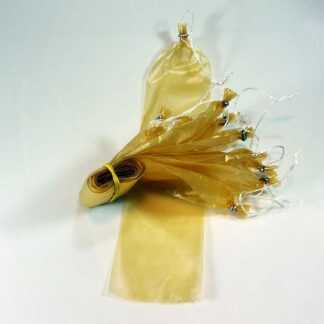 Salami collagen casing 45mm 10 units tiedR$ 19,00
Salami collagen casing 45mm 10 units tiedR$ 19,00 -
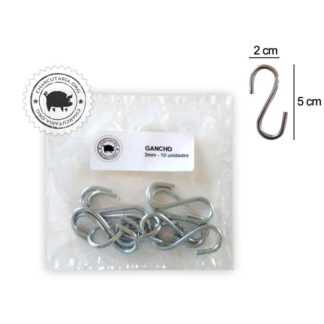 Galvanized HookR$ 12,00
Galvanized HookR$ 12,00 -
 Natural pork casing for sausageR$ 52,00
Natural pork casing for sausageR$ 52,00
